PrAACtical Groups: Tips, Tricks, & Positive Outcomes
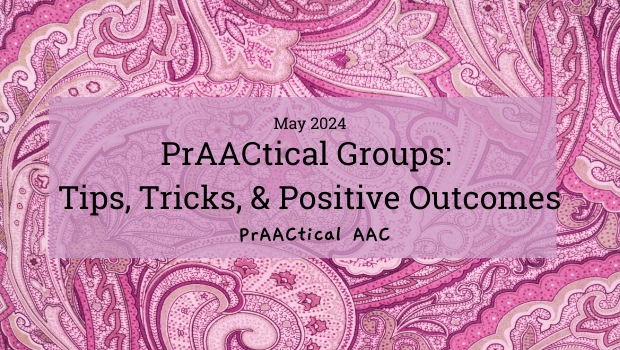
We hope that guest authors Marisa Portanova and Marnina Allis have inspired you to develop AAC groups for the children and adults you serve. Today, they wrap up their series with some final tips for creating and running successful groups.
::::::::::::::::::::::::::::::::::::::::::::::::::::::::::::::::::::::::::::::::::::::::::::::::::::::::::::
PrAACtical AAC Groups Made Easy – Positive Outcome and Tips and Tricks
Our AAC groups were a hit, and we want to help you all knock it out of the park as well!
We had some great positive outcomes we would like to share to help with motivation to get started.
- Variety of communication opportunities – talking about their weekends, playing fun games like HeadBandz, giving opinions about a book read
- Language learning opportunities – within literacy contexts and natural social environments
- Social interaction opportunities are hard to accomplish in 1:1 settings between child and therapist. These groups allowed for peer-to-peer interaction as well. They allowed children to see other children using AAC, power mobility, SGD mounts, etc.
- Caregiver education and buy-in—carryover sheets with tips, tricks, and ideas for incorporating SGD use facilitated caregiver use of the device. Caregivers were provided with QR codes to access the online versions of storybooks read during group so there could be carryover in the home setting with continued modeling of related core and fringe vocabulary.
- Educational and therapy staff education and buy-in – incorporation of OT and music therapy helped other disciplines to learn about the device and how the child uses it to learn and communicate.
- Literacy learning: incorporating the use of books and modeling core, fringe, and a target phoneme in a fun, engaging way with peers to encourage interest in literacy. As we know, this isn’t every child’s favorite activity. Making the book come alive through videos, music, art, and videos of the story helped engage the children in shared reading activities with their AAC devices.
- Opportunity for S.N.U.G. Spontaneous Novel Utterance Generation – what better than a social setting to provide opportunities for S.N.U.G.? Presume competence and model without expectation. Always allow wait time to give your students an opportunity to communicate spontaneously.
- Generalization of core and fringe vocabulary across topics, activities, and contexts
Pic 1 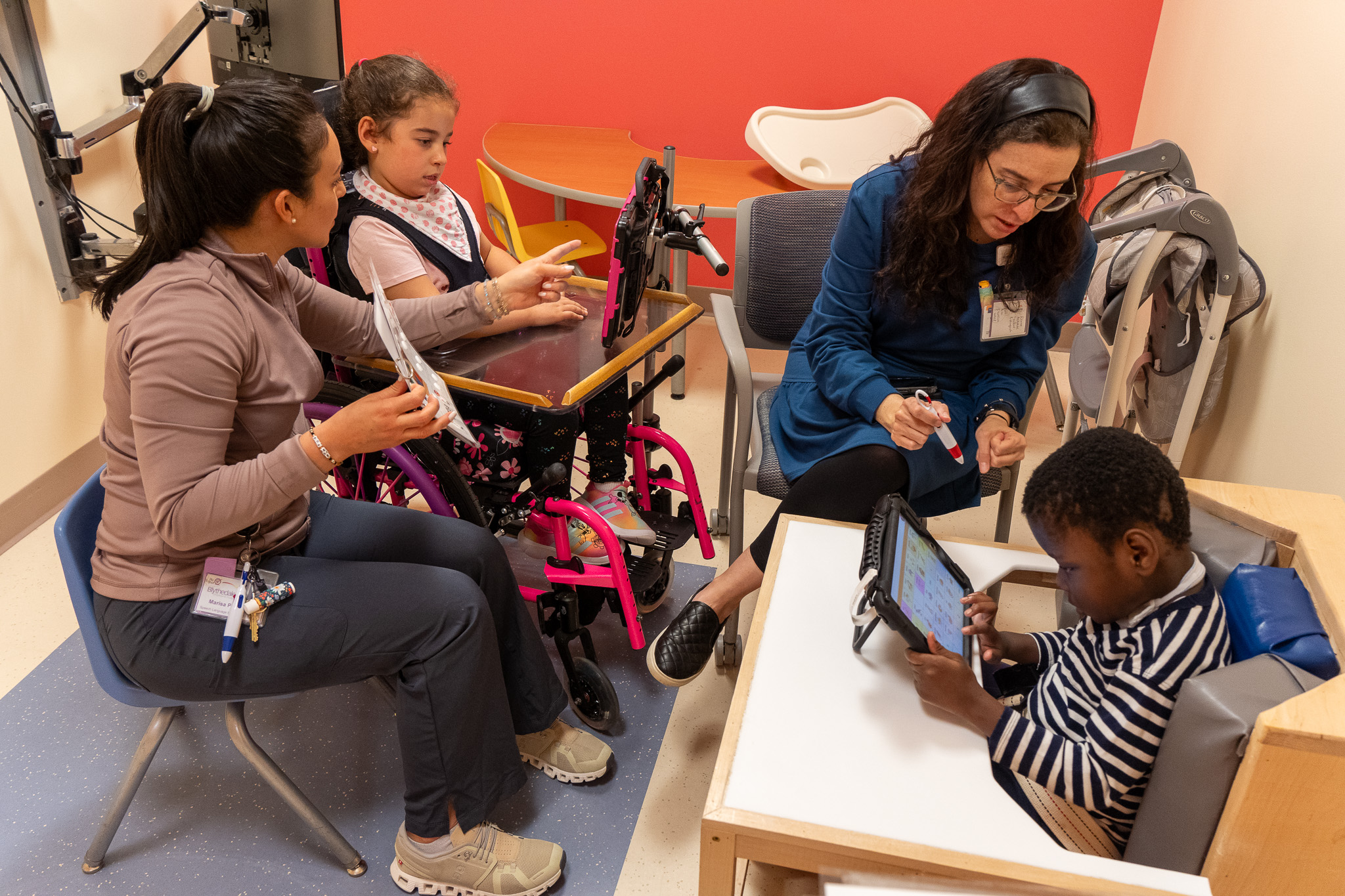
Now, We know what you’re all thinking….”Sure, that’s all great, but how do we get started?” – you might be asking. We’re here to help! See our tips and tricks below 😊
How to start?
Get a colleague on board – share your mission and vision! You have the skills; trust your knowledge.
What’s the incentive? Is there a reward?
Social interaction for your kids, right?! Progress! Buy-in from other professionals and parents. The list goes on and on. Have a social gathering with staff at the end to review how the group went, share a bite to eat! Be as creative as possible, whatever works for your community!
Gather resources!
You are not alone. There are so many resources out there, no need to reinvent the wheel. Get inspired. Reach out to other colleagues. Pick a theme! It can be as simple as that.
Develop an Action Plan!
Choose a time of day, 2-3 children to participate, and prep some materials that can be reused. You mean I don’t have to create something new every session? NO way! Re-use and recycle materials, concepts, and themes! Try it out. What works? What doesn’t work? Be flexible, and don’t be afraid of failure. That’s how we grow, learn, and improve our skill set.
Data.
Duh Duh Duh…daunting, isn’t it? Doesn’t have to be. Did you know some apps take their own data? Here’s an example: How to use data tracking and access the data tracking for TD Snap on m – Tobii Dynavox US
Create a chart with words you’re going to target. Track if your child accesses the word more by the end of the week, month or year. Communicate with colleagues and parents. Inform them of what your goal is. See if there’s generalization! That’s the ultimate way to track progress. After all, it takes a village! How to measure success can sometimes be hard with AAC use. What better way to learn to use a device other than seeing other friends and peers use theirs? Peer models are so important for our kiddos.
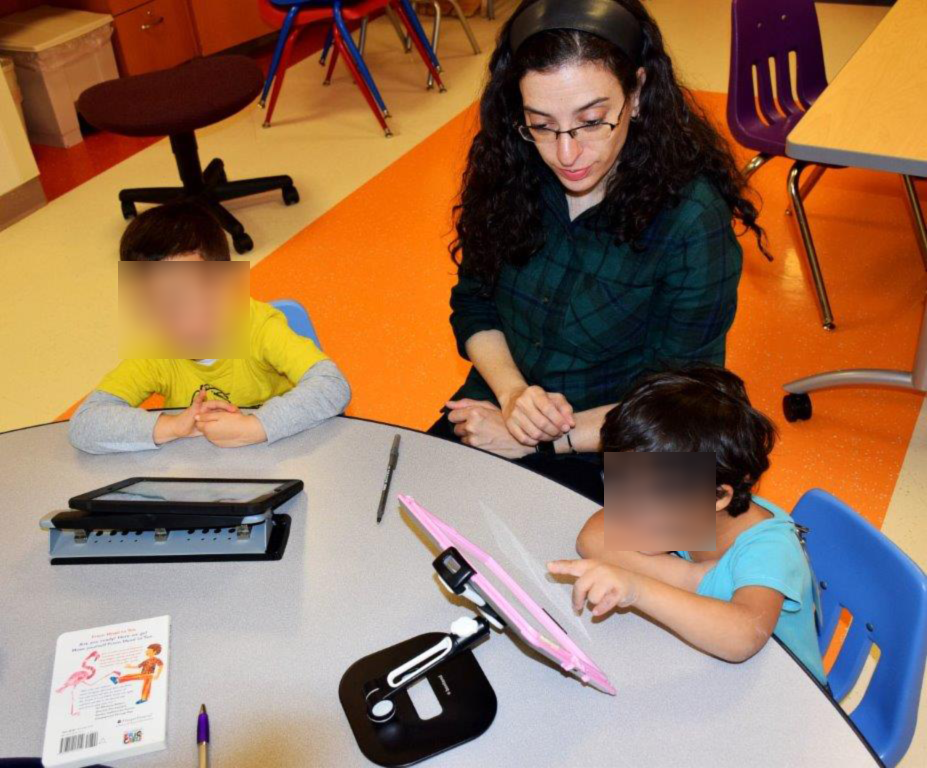
References
- American Speech-Language-Hearing Association [ASHA] (n.d). Augmentative and alternative communication decisions. Retrieved from https://www.asha.org/public/speech/disorders/CommunicationDecisions/
- Beukelman, D. & Mirenda P. (2005). Augmentative and alternative communication: Supporting Children and Adults with Complex Communication Needs (4 th ed.). Baltimore: Brookes.
- Bugaj, C., Janowski, K., Marotta, M., & Poss, B (2021). Inclusive Learning 365: Edtech Strategies for for Every Day of the Year. Virginia: International Society for Technology in Education
- Bugaj, C. & Poss, B. (2017). More than core: AAC implementation for early childhood and beyond. Retrieved from http://bit.ly/ATIA17AAC
- Bugaj, C., Janowski, K. & Poss, B. (2017). Illuminating Pathways: Embracing Inclusion in Education. Retrieved from https://docs.google.com/presentation/d/1yJs9ptcR9NC0tQsLrKs6mBsHW_TvlEDBkW-iqzzuYNk/edit#slide=id.g1130b2dd233_17_552
- Bugaj, C., Janowski, K. & Poss, B. (2017). The Learning Environment Narrative: Creating and Nurturing Literacy Spaces. Retrieved from https://bit.ly/litspaces24
- Cook, A.M. & Polgar, J.M. (2015). Assistive technologies: Principles and practices (4th ed.). St. Louis, MO: Elsevier.
- Drager, Light & McNaughton (2010). Effects of AAC interventions on communication and language for young children with complex communication needs.
- Ezell, H.K. & Justice, L.M (2005). Shared Storybook Reading – Building Young Children’s Language & Emergent Literacy Skills
- Geist & Erikson (2020)- Emergent Literacy and Communication for Beginning Communicators of All Ages.
- Prentke-Romke Company [PRC] (n.d.). AAC Literacy Planner, 2022. Retrieved from https://www.prentrom.com/assets/uploads/2022planner/planner-2022-min.pdf
::::::::::::::::::::::::::::::::::::::::::::::::::::::::::::::::::::::::::::::::::::::::::::::::::::::::::::
About the Guest Authors
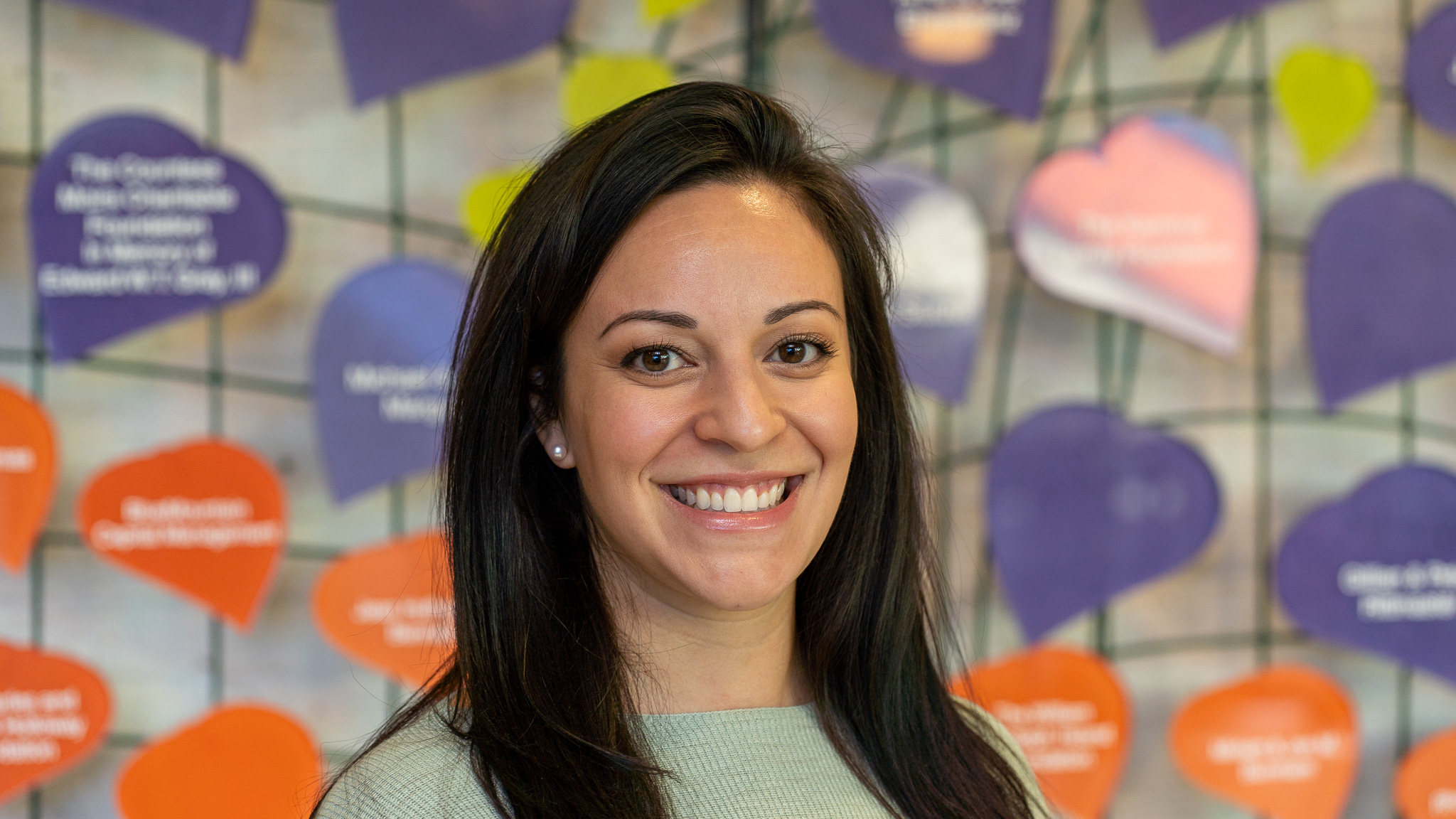 Marisa Portanova, MS, CCC-SLP, TSSLD is a Lead Clinician and a member of the Assistive Technology Core Team and Infant Feeding Evaluation Team at Blythedale Children’s Hospital. She started her career working with pediatrics in private practice, home care, and long-term care settings as well as providing services through CPSE and Early Intervention programs prior to joining Blythedale staff more than four years ago. Ms. Portanova earned her bachelor’s degree from the University of Delaware and master’s degree from New York Medical College.
Marisa Portanova, MS, CCC-SLP, TSSLD is a Lead Clinician and a member of the Assistive Technology Core Team and Infant Feeding Evaluation Team at Blythedale Children’s Hospital. She started her career working with pediatrics in private practice, home care, and long-term care settings as well as providing services through CPSE and Early Intervention programs prior to joining Blythedale staff more than four years ago. Ms. Portanova earned her bachelor’s degree from the University of Delaware and master’s degree from New York Medical College.
Ms. Portanova’s passion and area of specialty is Augmentative and Alternative Communication (AAC) as well as Infant Feeding. She participates in multidisciplinary Assistive Technology evaluation and treatment of children with varying needs. Ms. Portanova also provides training for Hospital and School staff in addition to families of children who are AAC users. Ms. Portanova works with families to obtain speech-generating devices and continues to support caregivers through ongoing education. She treats children with a variety of medical diagnoses, as well as speech, language, and feeding deficits in the Hospital’s Infant & Toddler, Pediatric, Adolescent, Day Hospital, and outpatient units, in addition to supporting the Hospital’s graduate student clinician rotation program.
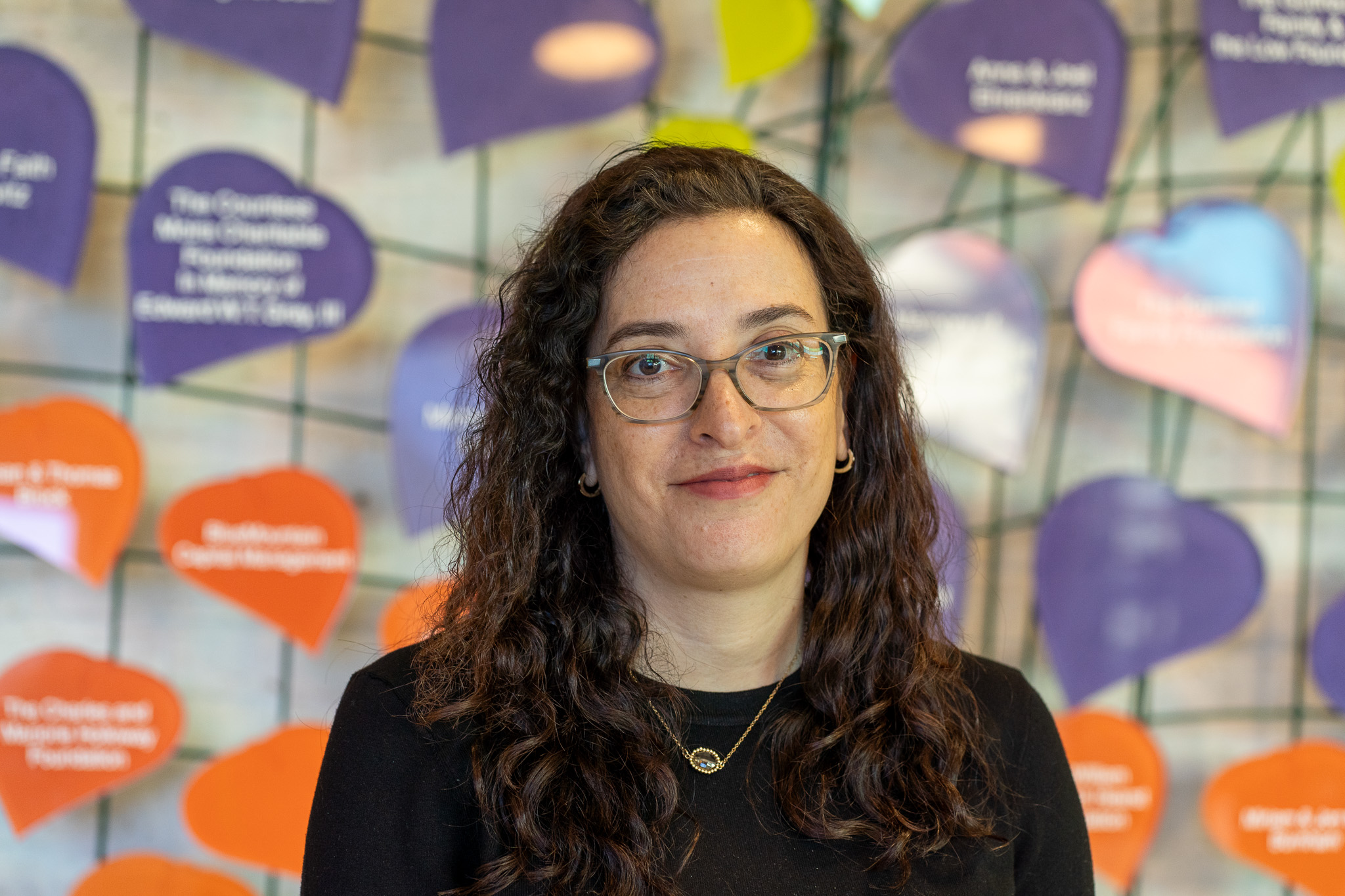 Marnina Allis, CCC-SLP, ATP, is the Assistant Director of Speech Pathology and a member of the Assistive Technology Core Team at Blythedale Children’s Hospital. She started her career in the New York City public school system, prior to joining Blythedale’s staff more than 20 years ago. Ms. Allis earned her bachelor’s degree from Stern College at Yeshiva University and master’s degree from Teacher’s College at Columbia University. She is certified by RESNA as an Assistive Technology Professional, and trained in Neuromuscular Developmental Treatment (NDT) and Language Acquisition Through Motor Planning (LAMP). Ms. Allis’ passion and area of specialty is Assistive Technology, specifically Augmentative and Alternative Communication. She participates in multidisciplinary Assistive Technology evaluations and treatment for children with varying needs. Ms. Allis also provides training for other department and Hospital staff, orders devices, and maintains relationships with a variety of Assistive Technology vendors. She treats children with a variety of medical diagnoses, as well as speech, language and feeding issues on the Hospital’s infant/toddler, pediatric, adolescent, day hospital and outpatient units.
Marnina Allis, CCC-SLP, ATP, is the Assistant Director of Speech Pathology and a member of the Assistive Technology Core Team at Blythedale Children’s Hospital. She started her career in the New York City public school system, prior to joining Blythedale’s staff more than 20 years ago. Ms. Allis earned her bachelor’s degree from Stern College at Yeshiva University and master’s degree from Teacher’s College at Columbia University. She is certified by RESNA as an Assistive Technology Professional, and trained in Neuromuscular Developmental Treatment (NDT) and Language Acquisition Through Motor Planning (LAMP). Ms. Allis’ passion and area of specialty is Assistive Technology, specifically Augmentative and Alternative Communication. She participates in multidisciplinary Assistive Technology evaluations and treatment for children with varying needs. Ms. Allis also provides training for other department and Hospital staff, orders devices, and maintains relationships with a variety of Assistive Technology vendors. She treats children with a variety of medical diagnoses, as well as speech, language and feeding issues on the Hospital’s infant/toddler, pediatric, adolescent, day hospital and outpatient units.
Filed under: Featured Posts
This post was written by Carole Zangari
